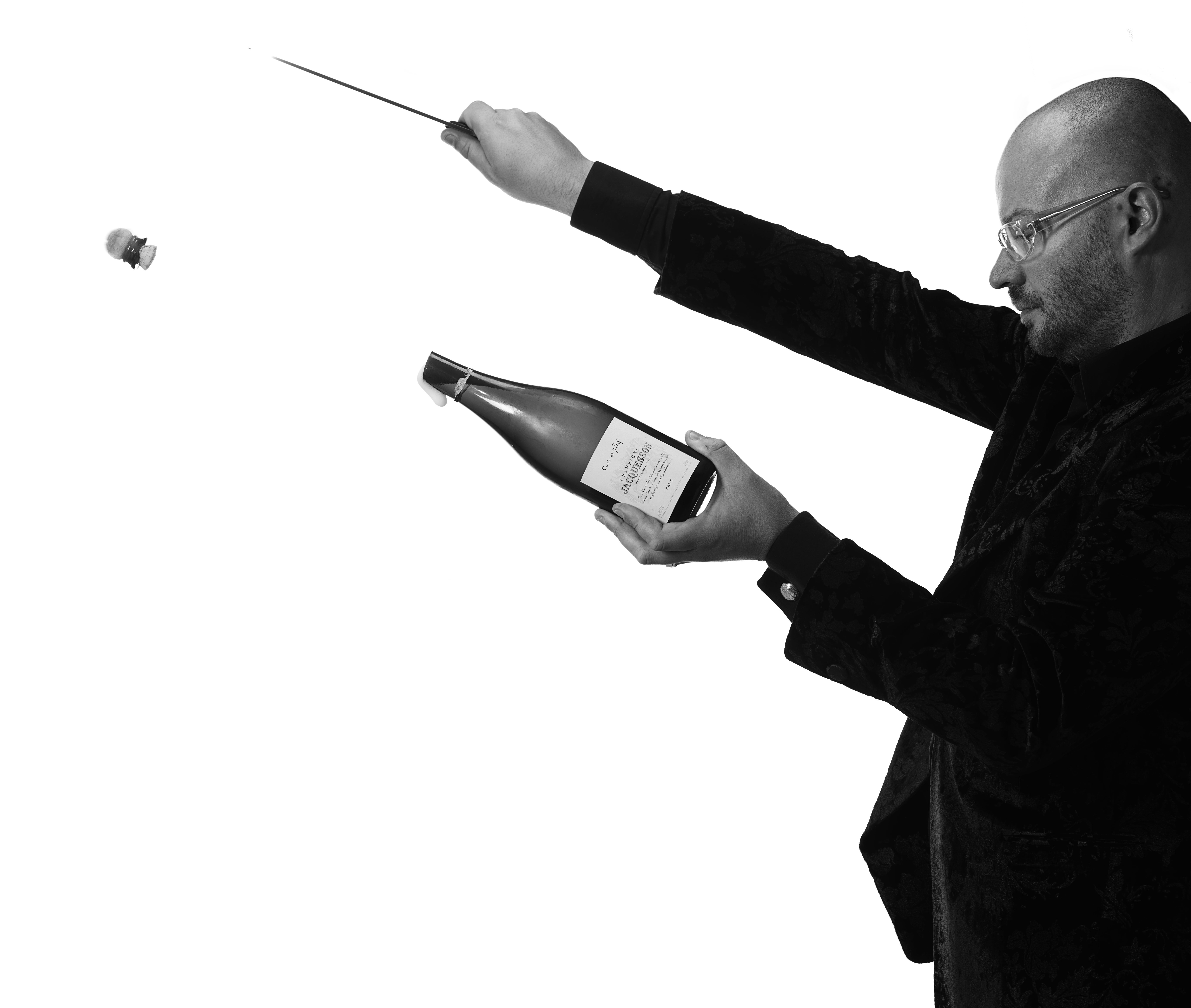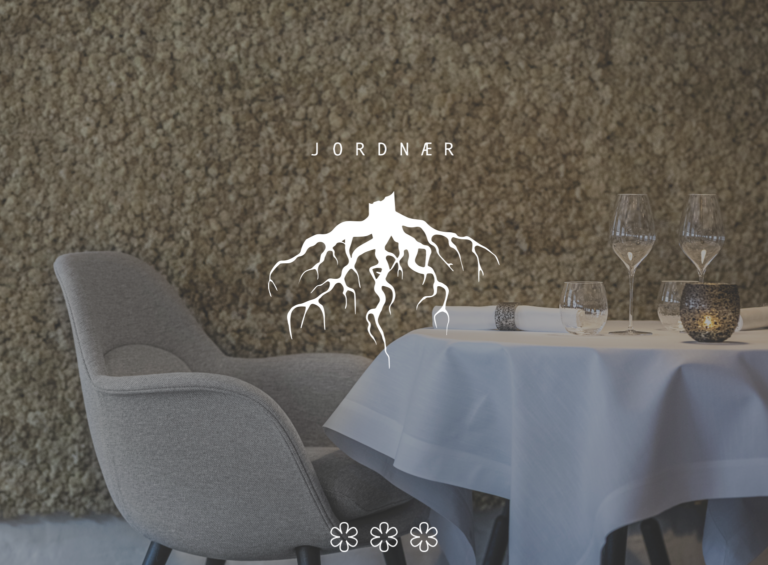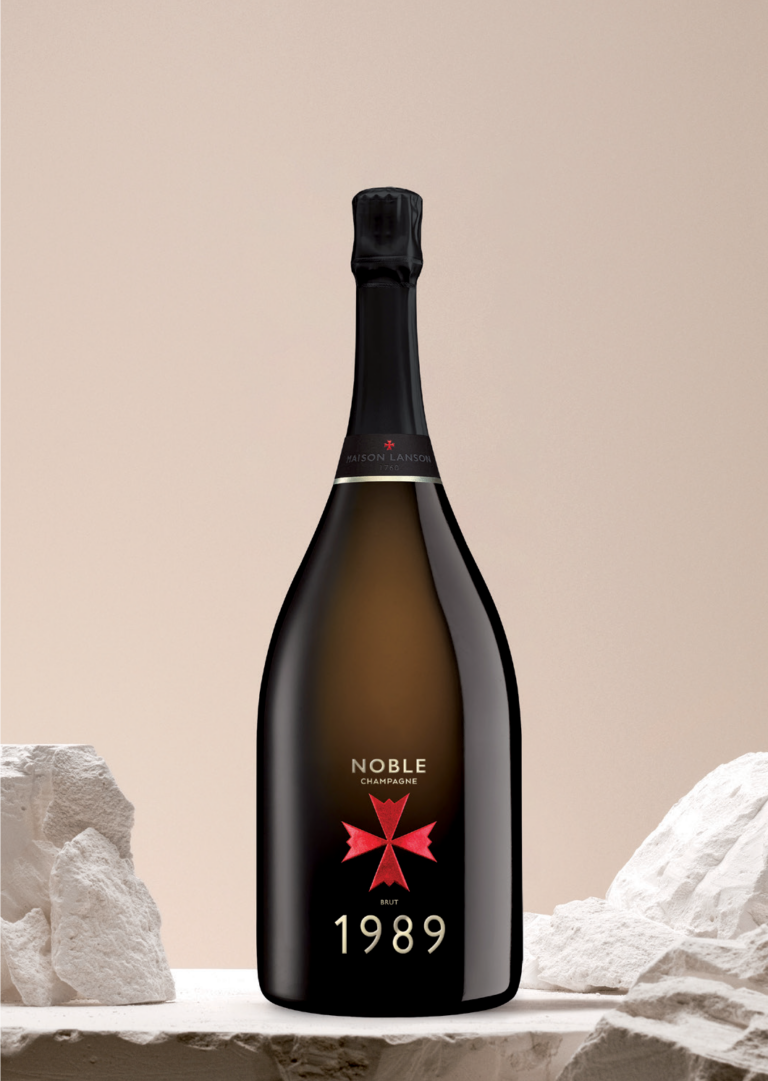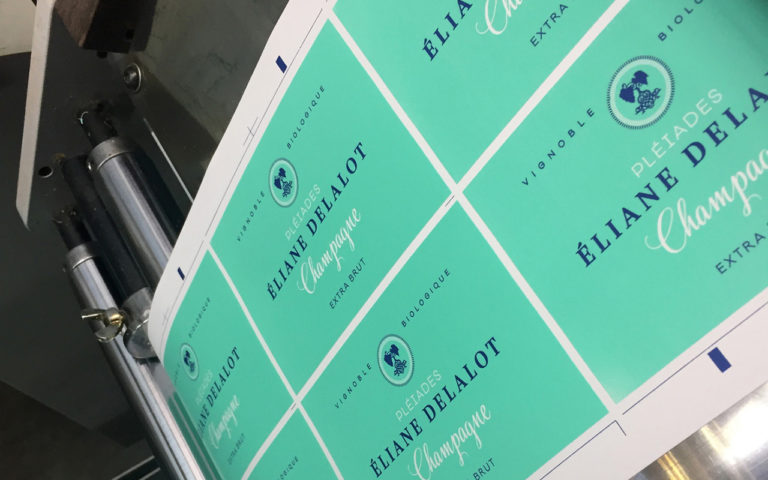Popping a bottle of champagne can be as celebratory as the drink itself, marking the beginning of a memorable event. [read the full champagne story]
Estimated reading time: 12 minutes

When a special occasion arises, champagne is often the celebratory drink of choice. Its association with victory, success, and festivity has been cultivated over centuries. Popping a bottle of champagne can be as celebratory as the drink itself, marking the beginning of a memorable event. The art of opening a bottle of champagne involves a bit more than just brute force; it combines tradition with a technique that ensures both safety and spectacle.
To open a bottle of champagne, you first must remove the foil that covers the cork and the wire cage that secures it. This step is crucial for safety, as the pressure inside a champagne bottle can cause the cork to shoot out unexpectedly if not handled properly. After the initial preparations, you hold the bottle at a 45-degree angle away from yourself and others, ensuring that when the cork is released, it does not cause any harm.
The key to a smooth pop lies in gripping the cork firmly with one hand while twisting the bottom of the bottle with the other, not the other way around. By doing so, you control the cork as the pressure inside the bottle gently pushes it out. This maneuver allows for a subtle hiss or a gentle pop rather than an uncontrolled explosion, preventing the wasteful overflow of this prized beverage and keeping the moment elegant and enjoyable.
History and Significance of Champagne
Champagne, often associated with celebrations and luxury, is a type of sparkling wine that comes exclusively from the Champagne region of France. This geographical indication ensures that only wine produced in this region can be labeled “Champagne.”
Origins: The production of wine in the Champagne region dates back to the Romans. But sparkling Champagne as you know it is attributed to the 17th-century by accident. Early Champagne was made from a blend of grapes to achieve a balance not found in other wines of that era.
Invention of Sparkling Champagne: The characteristic effervescence of Champagne was initially considered a fault. Wines from Champagne were still wines until producers embraced the natural effervescence brought on by the region’s cooler climate. The cooler temperatures led to incomplete fermentation during cellaring, followed by a secondary fermentation in the bottle that produced the now-desired bubbles.
- Dom Pérignon, a Benedictine monk, is often mistakenly credited with inventing Champagne, but he did play a significant role in its development, refining the blending process and improving the quality of the wines from the region.
| Key Features | Details |
|---|---|
| Region | Champagne, France |
| Wine Type | Sparkling Wine |
| Known for | Unique Effervescence and High Quality |
| Geographical Indication | Yes, Protected Designation of Origin |
Cultural Impact: Over time, Champagne’s exclusivity has made it a symbol of achievement and opulence. Used in many forms of celebration, from ship launches to New Year’s toasts, you associate popping Champagne with moments of joy and success.
Champagne’s influence extends beyond mere consumption. Its production techniques have inspired winemakers worldwide, and terms such as “méthode champenoise” or “traditional method” acknowledge its impact. Whichsoever your occasion, champagne often stands at the center, capturing the essence of celebration and sophistication.
Understanding Champagne Pressure
When you open a bottle of champagne, you’re not just uncorking a beverage; you’re releasing a pressurized solution that’s been carefully crafted to produce a memorable experience.
Science of Effervescence
The effervescence in champagne is a result of fluid dynamics at play within the bottle of champagne. The pressure inside a champagne bottle is typically around 5 to 6 times atmospheric pressure, which equates to 73-88 pounds per square inch (psi). This is the pressure that’s been building up as a consequence of carbon dioxide gas dissolving in the wine during the fermentation process.
- Pressure: Key to champagne’s signature pop.
- Typically 5-6 times atmospheric pressure.
- 73-88 psi within the bottle.
The pressure is a fundamental aspect of champagne that affects both your experience and the drink’s characteristics.
Role of Carbon Dioxide
Carbon dioxide is the cornerstone of why champagne is effervescent. As the yeast ferments the sugars in the wine, it produces CO2, and because the bottle is sealed, the gas dissolves into the liquid, creating a high-pressure environment.
- Carbon Dioxide: Integral to fizz and mouthfeel.
- Originates from the fermentation process.
- Dissolves under high pressure, leading to effervescence upon opening.
When you open a bottle of champagne, the carbon dioxide rushes out, creating that iconic burst of bubbles. It is carbon dioxide’s escape from the solution back into gas form—a direct consequence of its solubility decreasing with the drop in pressure—that provides you with the sparkling wine’s fizziness and texture that is unique to champagne.
Champagne Bottle Anatomy
Understanding the structure of a champagne bottle will enhance your appreciation for the tradition and engineering behind the festive pop. Here, we’ll examine the key components that make up the bottle and its safeguarding features.
Components of a Champagne Bottle
A champagne bottle is designed to withstand the pressure of the carbonated liquid inside. Below is a breakdown of its main parts:
- Body: The main glass container holding the champagne.
- Neck: Tapers to a smaller diameter towards the top, ending at the mouth.
- Mouth: The opening where the champagne is poured from, typically sealed with a cork.
- Cork: Specifically designed to contain the high pressure inside the bottle.
- Foil: A metallic covering over the cork and the neck for protection and decoration.
Champagne Wire Cage
Also known as a ‘muselet’, the wire cage plays a crucial role in champagne bottles:
- Function: The wire cage secures the cork in place to prevent it from prematurely popping due to internal pressure.
- Structure: Made from twisted wire, it has a loop or ‘key’ for removal.
- Placement: It sits on the neck of the bottle, holding down the cork, and is concealed under the foil for added safety and aesthetics.
Preparation Before Popping
To ensure the champagne popping is both successful and safe, proper chilling and adhering to safety guidelines is essential.
Proper Chilling Techniques
Your champagne should be chilled to the optimal temperature—typically around 45°F (7°C)—to maintain its flavor and reduce the risk of the cork popping prematurely. To cool your bottle properly, wrap it in a towel and place it at the bottom of your refrigerator for at least four hours before serving. Alternatively, you can chill the bottle for 30 minutes in an ice bucket filled with a mixture of ice and water.
- Refrigerator: 4 hours at the bottom shelf
- Ice Bucket: 30 minutes submerged in ice and water mix
Safety Considerations
Before popping champagne, prioritize your safety and that of those around you by pointing the bottle away from people and fragile objects. Remove the foil and loosen the wire cage, which requires six half-turns, while keeping the towel over the cork. This will give you a better grip and catch the cork once it’s released to prevent it from flying off.
- Keep the champagne bottle at a 45-degree angle.
- Use a towel for grip and to catch the cork.
- Point the bottle away from any person or breakable object.
The Art of Opening Champagne
Opening a bottle of champagne is both a science and a celebration, involving precise techniques and tools. Whether you’re using the traditional method, a saber, or another alternative, grasp these methods to ensure a successful and elegant opening.
Traditional Uncorking Method
To open champagne using the traditional method, you’ll need a wine key or a champagne bottle opener. Initially, remove the foil and loosen the wire cage around the cork. Hold the bottle at a 45-degree angle, with one hand on the cork and the other gripping the base. Twist the bottle — not the cork — to gently release the pressure and ease the cork out with a soft pop.
- Remove foil: Use a wine key or your fingers.
- Loosen wire cage: Count 5-6 half-turns.
- Angle Bottle: Hold at 45 degrees.
- Twist Bottle: Keep cork still, twist bottle gently.
- Ease Out Cork: Listen for the signature ‘pop’.
Using a Champagne Saber
Saber opening, or sabrage, is a dramatic technique. With a saber or a large knife, slide the blade along the seam of the champagne bottle to the lip where the cork and cage sit. A firm, fluid motion will strike off the cork and collar, leaving the bottle open. Always ensure the bottle is cold, and never point it at an audience.
- Chill Bottle: Ensure it’s properly chilled.
- Find Seam: Locate bottle’s seam.
- Slide Saber: Place along seam, hit lip firmly.
- Follow Through: Use one smooth, confident motion.
Alternative Opening Methods
For an unconventional approach, consider a champagne bottle opener designed for ease, avoiding the potential hazard of flying corks. Devices like the ‘wine opener’ clasp the cork, use leverage to remove it, or even push gas in to pop the cork out without twisting. Always read the opener’s instructions to prevent mishaps.
- Champagne Bottle Opener: Clasp and lever out cork.
- Gas Methods: Inject gas to push cork out safely.
- Read Instructions: Always follow opener guidelines.
Remember, regardless of your chosen method, never shake the bottle and always keep control of the cork to avoid accidents.
Serving Champagne
When serving champagne, proper technique enhances the experience and taste. Using the right glassware is also crucial for preserving the bubbly essence of your champagne.
Pouring Techniques
Start by ensuring your bottle of champagne is appropriately chilled to about 7°C (45°F). Hold the bottle at the base and tilt your glass to a 45-degree angle while pouring. This method allows the champagne to slide gently along the side of the glass, preserving its effervescence and preventing the champagne from foaming up too much. Fill the glass only about two-thirds to allow the aromas to collect and not spill over.
- Proper Holding of Bottle: Base of the bottle
- Glass Angle: 45-degree angle
- Filling: Two-thirds of the glass
Choosing the Right Glassware
The choice of glassware is important when serving champagne to maintain the integrity of its bubbles and aromas. Traditional flutes are preferred as they have a long stem that prevents hand warmth from affecting the temperature of the champagne. Their tall and slim shape also promotes a slower release of bubbles, making for a more pleasant visual and tasting experience.
- Flutes:
- Advantages: Maintains bubbles, limits warming
- Shape: Tall and slim
Alternatively, you can opt for white wine glasses for a richer aromatic experience. These glasses have a broader bowl that allows the aromas to collect, enhancing the flavor profile as you sip. However, the bubbles will dissipate more quickly compared to flutes.
- White Wine Glasses:
- Advantages: Enhances aromas, allows for better flavor appreciation
- Characteristic: Broader bowl
Enjoying Champagne Responsibly
When celebrating with champagne, it’s important to focus on both enjoyment and safety to enhance the experience.
Moderation and Celebration
Know Your Limits:
- Sip slowly to savor the taste and feel the effervescence.
- Avoid excessive consumption to maintain clarity and enjoyment.
Be Mindful of the Setting:
- Remember that champagne is often a part of significant moments, so stay present.
- Consider safety when planning your return home, especially if driving.
Connoisseurship Insights
Taste Like a Connoisseur:
- Focus on the flavors and aromas; you don’t need to be a sommelier to appreciate the nuances.
- Use proper glassware to enhance the champagne’s characteristics.
Learn From Experts:
- Don’t hesitate to ask a sommelier or a knowledgeable party host for insights.
- Note their advice on pairings and serving temperatures to enrich your experience.
Advanced Champagne Topics
Exploring the nuances of champagne uncorking, you’ll delve into the physics of the effervescent burst and the artistic spray patterns—phenomena that only become fully appreciable through modern technology.
Champagne Physics Caught on Camera
Through the lens of high-speed cameras, the moment a champagne bottle is uncorked can be dissected into a series of rapid events. These cameras capture the cork’s release at frame rates exceeding 10,000 fps (frames per second), illustrating the dynamic interplay of pressure and physics. You’ll see the cork’s propulsion and the initial jet of bubbles, which were initially shrouded in the bottle’s mystery. Research led by scientists like Robert Georges has unveiled these hidden spectacles.
- High-speed cameras: Vital for observing rapid events
- Robert Georges: Pioneered studies on champagne uncorking
- Electronics: Integral to camera operation, capturing precise imagery
- Physics: Governs the behavior of the champagne spray
Exploring Champagne Spray Patterns
The artistry of champagne spray patterns lies in their chaotic beauty, governed by complex physics. These patterns can be influenced by numerous factors, including bottle shape, temperature, and the composition of the champagne itself. When champagne is uncorked, the high pressure built up inside is released suddenly, causing a rapid expansion of carbon dioxide that leads to the infamous champagne spray. With the help of high-speed cameras and rigorous analysis, patterns emerge that excite both oenophiles and physicists alike.
- Champagne spray patterns: Varied and influenced by physical conditions
- High-speed cameras: Enable study of spray behavior
- Electronics & physics: Work in tandem to capture and analyze spray patterns
Frequently Asked Questions
Opening a champagne bottle can be both exciting and challenging. Below are key steps and techniques you need to know to do it safely and with style.
How can I safely open a champagne bottle without the cork exploding?
Ensure the bottle is well-chilled to around 45°F (7°C). Remove the foil and wire cage carefully. Hold the bottle at a 45-degree angle while gripping the cork and turning the bottle instead of the cork. This helps release the cork slowly and prevents it from exploding.
What is the correct technique to open a champagne bottle at a wedding?
Keep the bottle chilled, and remove the foil and wire cage. Drape a small towel over the bottle for better grip and control. Holding the cork, twist the bottle gently. The pressure inside will assist the cork in coming out with a soft pop, appropriate for the formal setting of a wedding.
What should I do if the champagne cork is stuck and won’t come out?
If a cork is stubborn, try to gently twist the bottle’s bottom while pulling on the cork. If that doesn’t work, use a towel to get a better grip on the cork, or use a specialized cork remover tool. Never use sharp objects to pry the cork out, as this can be dangerous.
Can you open a champagne bottle without using a specialized opener?
Yes, you can open a champagne bottle without a specialized opener. Hold the cork with a towel and firmly twist the bottle at the base while keeping the cork stationary. This method relies on the internal pressure of the bottle to release the cork.
What are the steps for popping a champagne bottle to capture a photogenic moment?
Chill the bottle, remove the foil and wire cage, and keep the bottle angled away from people and objects. Hold the cork and twist the bottle, not the cork, to control its release. For photos, make sure the area is well-lit and has a suitable background.
Is it necessary or recommended to shake a champagne bottle before opening it?
No, shaking a champagne bottle is not recommended. It increases pressure and can cause the cork to shoot out uncontrollably and the champagne to overflow, leading to potential injury and wastage of the drink.





